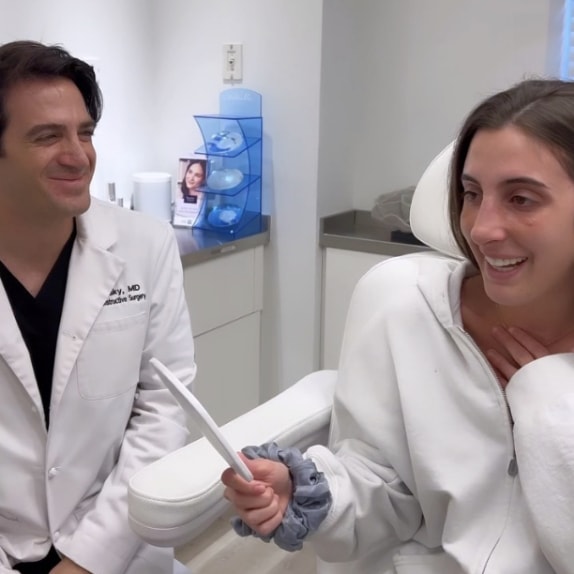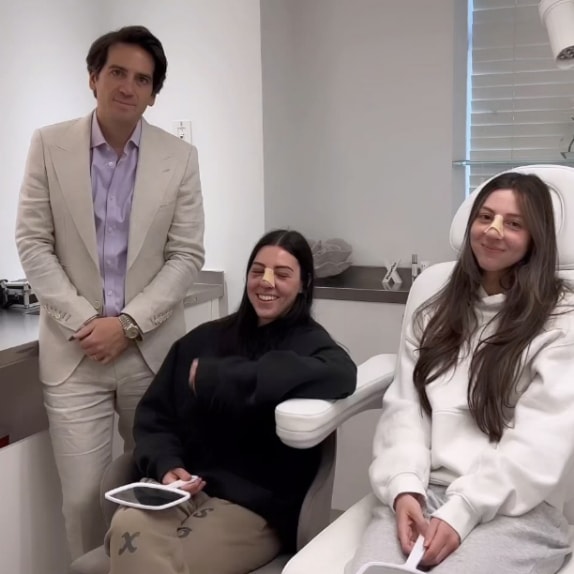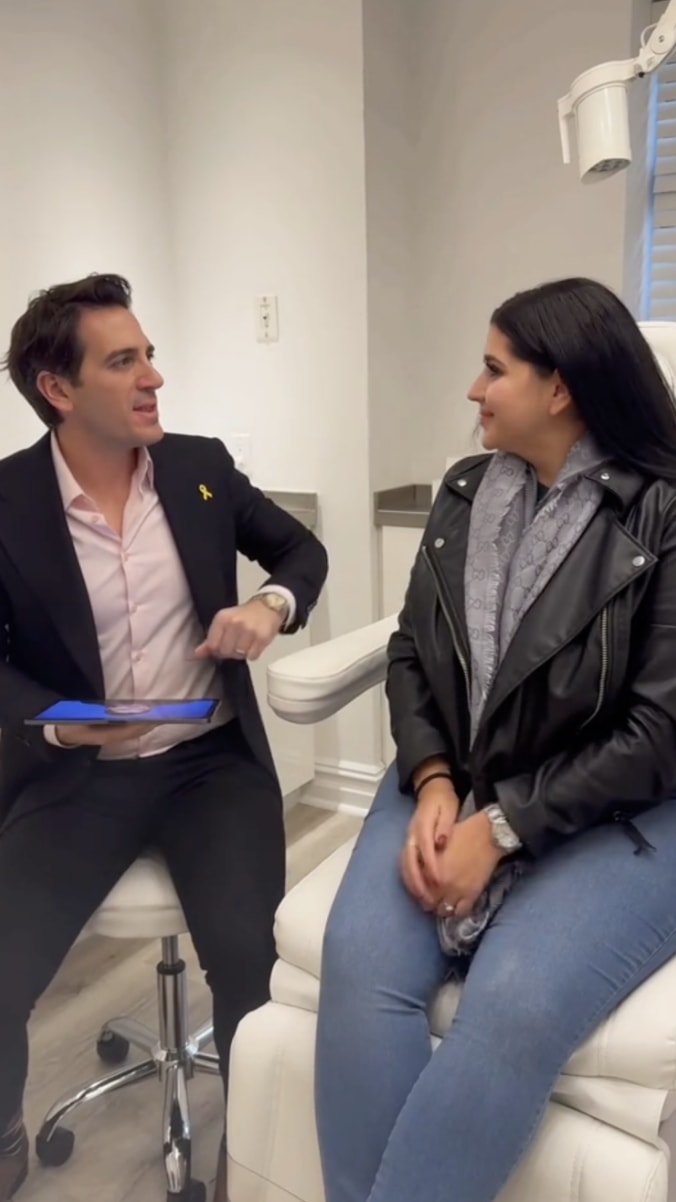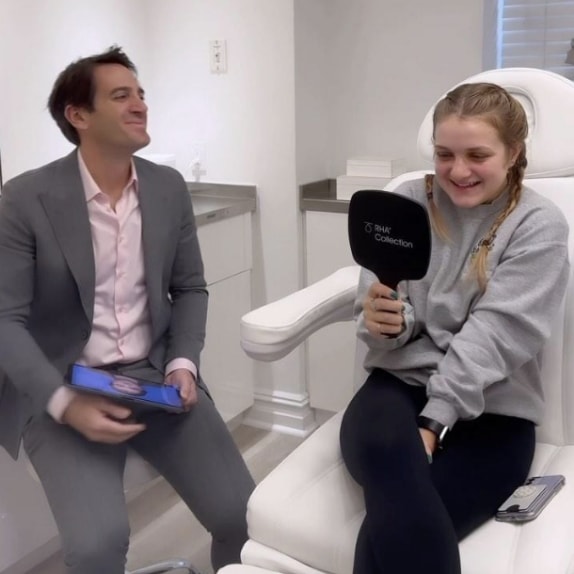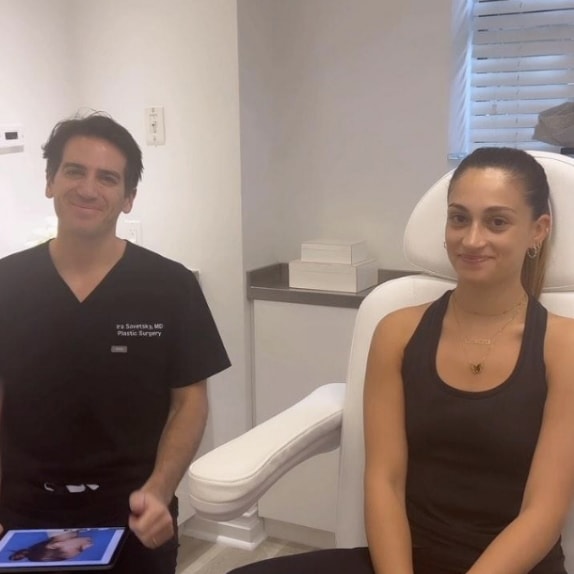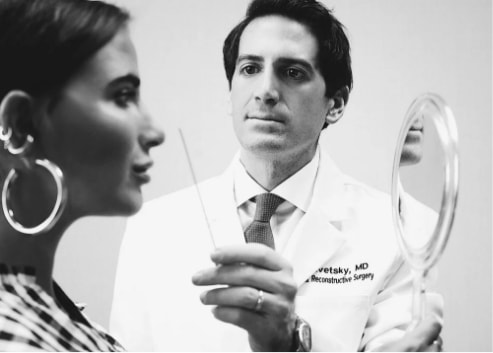 Rhinoplasty is often known as a “surgery of millimeters,” meaning even small adjustments to the nasal tip, bridge, septum, and nostrils can make a big difference to your overall facial appearance. Everyone has their own personal reasons for pursuing nose surgery, but one truth is universal for all patients: the technical precision and aesthetic know-how of a board-certified plastic surgeon is critical to achieving a result that looks natural and fits the unique character of each person’s face.
Rhinoplasty is often known as a “surgery of millimeters,” meaning even small adjustments to the nasal tip, bridge, septum, and nostrils can make a big difference to your overall facial appearance. Everyone has their own personal reasons for pursuing nose surgery, but one truth is universal for all patients: the technical precision and aesthetic know-how of a board-certified plastic surgeon is critical to achieving a result that looks natural and fits the unique character of each person’s face.
Dr. Ira Savetsky’s passion for nose surgery led to his completion of a prestigious post-residency fellowship, where he trained with some of the most renowned rhinoplasty surgeons in the world. Rhinoplasty is considered among the most intricate and complex elective surgeries available, but the results of this transformative procedure can be incredibly rewarding when performed correctly.

